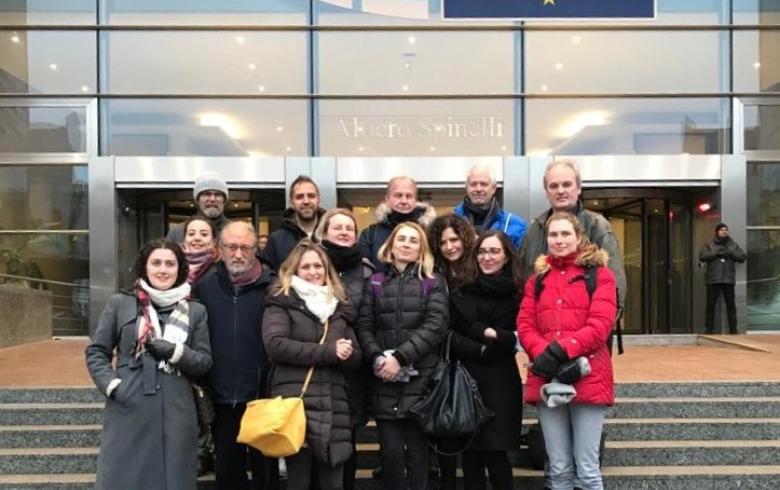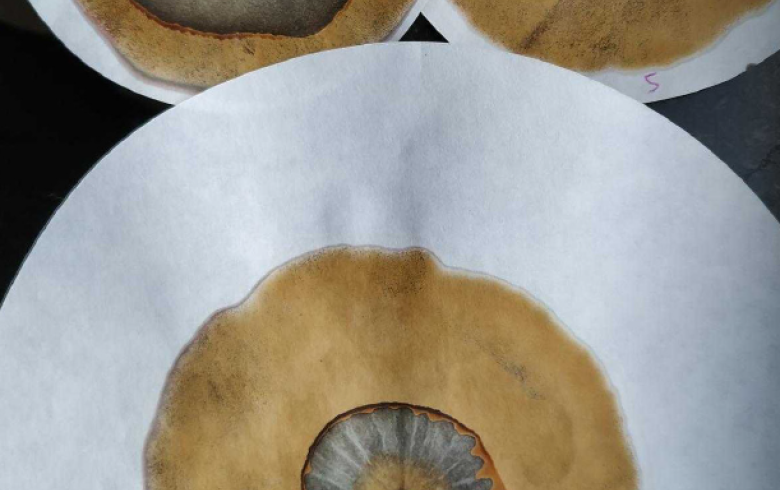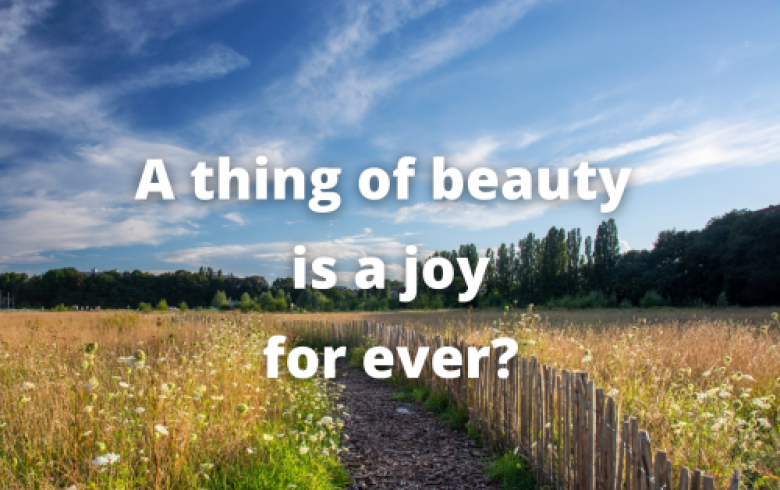Super Terram – for living soil in the city
What is the role of soil in the city? The question seems so logical, but it immediately leads you on an exploration in which you can get lost. And for BRAL, the pertinent question was added: what is the role of soil in urban planning and urbanism?
Does soil play a role at all, or is it just a piece of the world we build on, excavate and drain, or walk, cycle, drive on, ... without looking at it? If it is about soil at all, it is mostly about polluted soil. About what doesn't belong in it, and therefore needs to be cleaned up.
On the other hand, we see far less reflection on living soil, as an essential part of our living environment. Or so we thought. Super Terram has taught us how many people and initiatives there are for whom soil is important. This 'bottin' is a reflection of that, it shows the multitude of ideas out there.
What does soil teach us about the limits of our way of urban planning? Where do we 'negotiate' with the nature around us, and what does that mean in practice when you want to change a piece of the city?
Super Terram is a research and collective experiment to learn how far we can go to translate insights about the relationship man and soil into the institutions and practices that make the city. Such thinking is important and has very concrete repercussions in the city.
Consider the developments at the Josaphat site, where a piece of nature has developed unforeseen; where a living soil has formed. Unforeseen development .... Is there still room for it in today's city? And what about a site like Schaerbeek-Formation, where we have the opportunity to design economic developments in concert with a living soil?
These kinds of questions and reflections also immediately make it clear that the end of Super Terram as it existed until now does not mean the end of working around living soil in the city.
Raf Pauly






